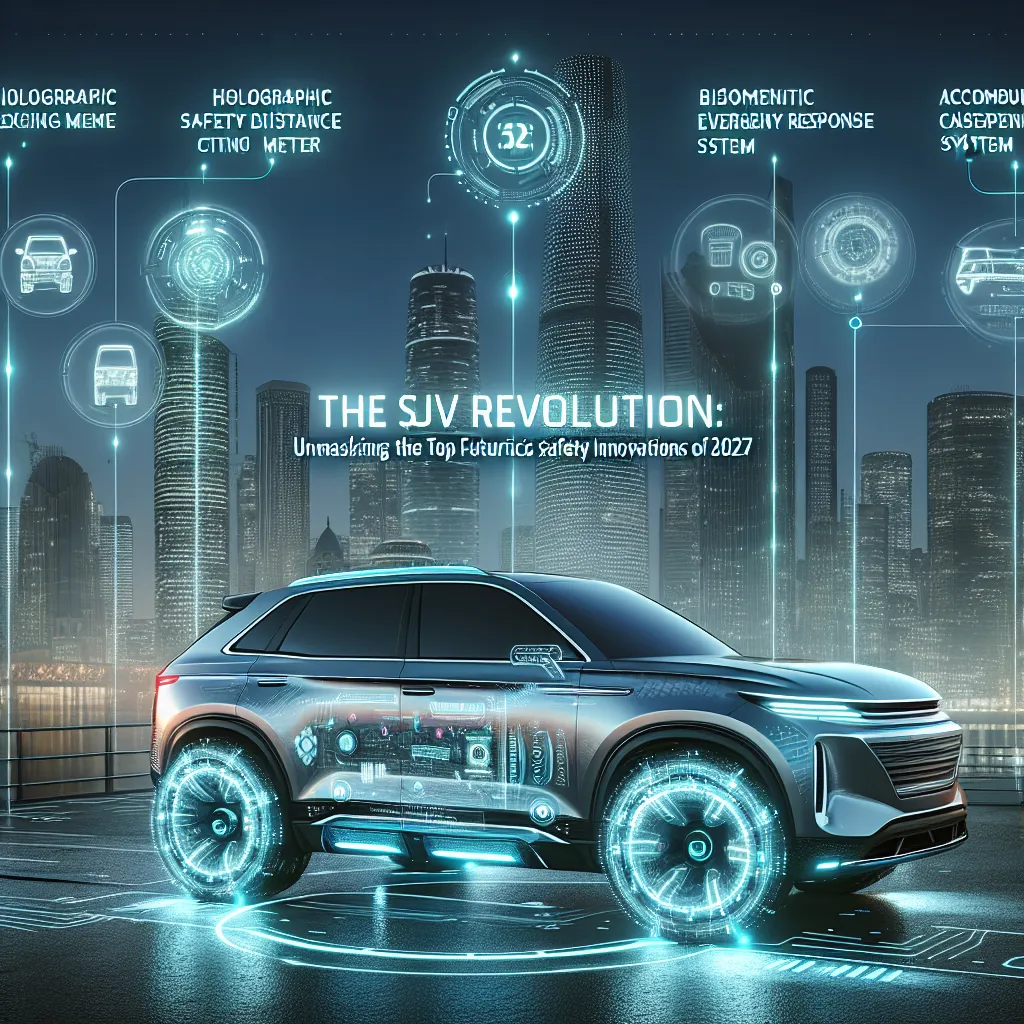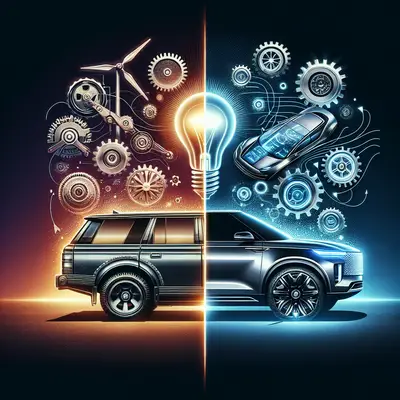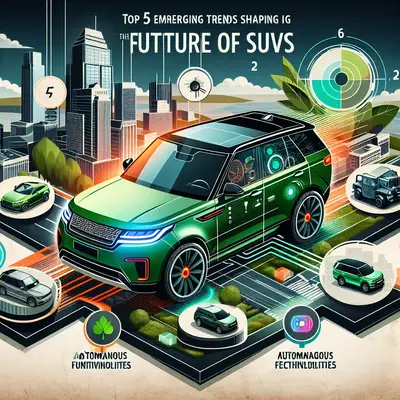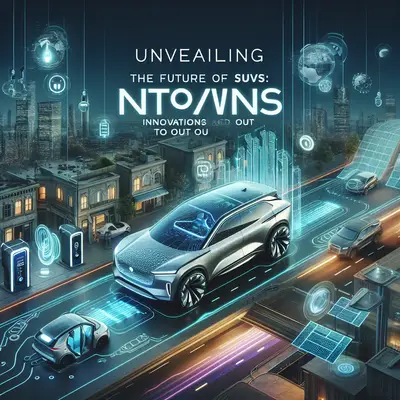Autonomous Emergency Braking Systems
Predictive safety technologies are set to take a leap forward in 2027, with advanced autonomous emergency braking systems leading the way. These systems will be capable of detecting potential collisions, providing warnings to the driver, and automatically applying the brakes if necessary. These systems will not only incorporate radar and camera data but also real-time traffic and environmental data, significantly improving response times and accident prevention.
Intelligent Speed Assistance
Taking cruise control to a new level, Intelligent Speed Assistance (ISA) systems are expected to become a standard feature in 2027 SUVs. This sophisticated system will automatically adjust the vehicle's speed according to current road speed limits. By integrating GPS data and onboard sign recognition cameras, ISAs will enhance safety, improve fuel efficiency and ensure compliance with speed regulations.
Vehicle-to-Vehicle Communication
The future of driving safety lies in connectivity, with Vehicle-to-Vehicle (V2V) communication set to revolutionize the way vehicles interact on the road. This technology allows vehicles to share real-time information about their speed, direction, and position, helping to prevent accidents and improve traffic flow. By 2027, it's expected that most SUVs will be equipped with V2V technology, creating a safer and more efficient driving environment.
Advanced Driver Monitoring Systems
As SUVs become increasingly autonomous, ensuring driver attentiveness is crucial. Advanced Driver Monitoring Systems (DMS) are set to become more sophisticated by 2027. These systems will use sensors and cameras to monitor driver behaviour, detecting signs of fatigue or distraction. If any risky behaviour is detected, the system can issue alerts or even take control of the vehicle to prevent accidents.
Cybersecurity Features
With the rise of connected and autonomous vehicles, cybersecurity is a growing concern in the automotive industry. By 2027, SUVs are expected to incorporate advanced cybersecurity features to protect against data breaches and cyber-attacks. This includes secure software updates, intrusion detection systems, and data encryption technologies. These features will ensure the safety and privacy of drivers, making the connected driving experience more secure and reliable.
Conclusion
The future of SUVs is bright, with numerous safety innovations on the horizon. The year 2027 will see the industry taking significant strides in implementing advanced safety features, from autonomous braking systems and intelligent speed assistance to vehicle-to-vehicle communication and advanced driver monitoring systems. As the SUV market continues to innovate and evolve, drivers can look forward to a safer, more connected, and more enjoyable driving experience.



